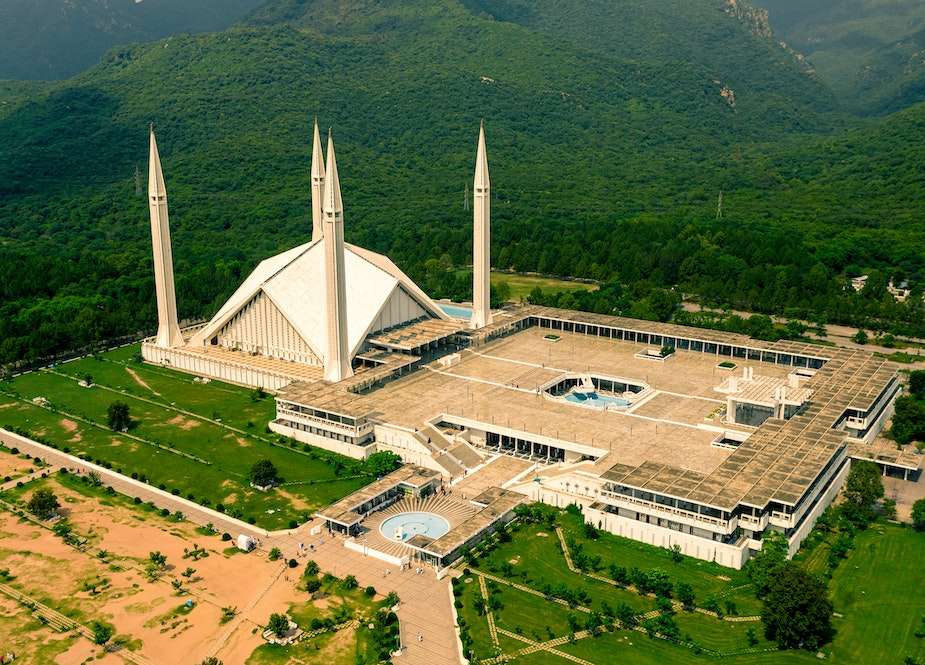
Green City at a Crossroads
Islamabad, a city nestled at the base of the magnificent Margalla Hills, is a place of unparalleled natural beauty. With lush greenery and picturesque landscapes, it has long been a favoured destination for tourists seeking tranquillity and respite from the hustle and bustle of urban life. However, the very charm that draws visitors to Islamabad is under threat due to several environmental issues.
One of the most pressing concerns is urban flooding in the city, particularly in Sector E, which is situated right beside the Margalla Hills. When rain graces this region, water cascades down from the hills, leading to severe flooding in the area. The consistent increase in grey infrastructure is a significant contributor to this problem. With more concrete structures replacing natural landscapes, the land’s capacity to absorb water is diminished, resulting in rampant flooding.
In addition to flooding, air quality in Islamabad has become a growing concern. The current concentration of PM2.5 particles in the air is a startling 5.8 times above the recommended limit set by the World Health Organization (WHO). Poor air quality has detrimental effects on public health and the environment, and immediate measures are needed to address this issue.
To preserve the city’s natural beauty and tackle these environmental challenges, a multi-pronged approach is required. First and foremost, stricter environmental impact assessments and sustainability guidelines must be enforced before granting permits for infrastructure development. This will help ensure that new construction projects take into account the potential environmental consequences and work to mitigate them.
Furthermore, it is essential to limit the amount of accommodation in ecologically sensitive ecosystems. By doing so, we can prevent habitat destruction and ensure that the unique habitats of local wildlife are preserved. The construction of hotels, roads, and other facilities often leads to deforestation, soil erosion, and habitat fragmentation, posing a significant threat to the very ecosystems that make Islamabad and its surroundings appealing to tourists.
Another important step in preserving Islamabad’s environment is to encourage the use of eco-friendly building materials and energy-efficient technologies in tourism infrastructure. By adopting sustainable practices in construction and operation, the tourism industry can significantly reduce its ecological footprint. This not only benefits the environment but also makes good economic sense in the long term.
Despite the environmental challenges faced by this region, there is still hope for a sustainable and thriving eco-friendly industry in Pakistan. By taking these steps to safeguard the natural beauty of the Margalla Hills and the surrounding areas, we can ensure that future generations can enjoy the stunning landscapes and clean air that Islamabad once offered.
Islamabad’s struggle with urban flooding and air pollution highlights the urgent need for environmental conservation and sustainability in the region. To maintain the city’s allure as a tourist destination and protect its ecosystem, it is crucial to enforce stricter environmental impact assessments, limit accommodations in ecologically sensitive areas, and promote eco-friendly building practices. With these measures in place, Islamabad can continue to be a haven for nature enthusiasts and a model for eco-tourism in Pakistan.